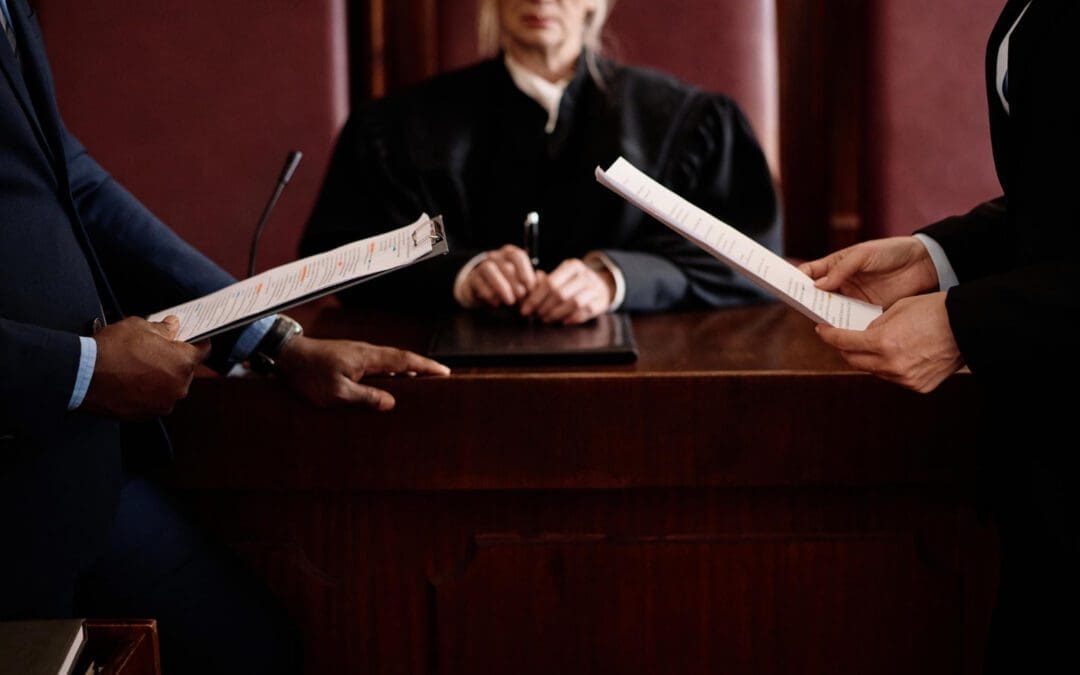Facing a federal criminal trial can be overwhelming, especially when the stakes are high. The legal procedures involved are often intricate, and understanding what to expect at each stage can help alleviate some of the uncertainty. This article breaks down the key phases of a federal criminal trial, offering insights and practical advice to help you stay informed and prepared.
Knowing the steps ahead can empower you to approach your case strategically and work effectively with your legal team. From pre-trial motions to sentencing, each stage has its own significance and challenges. Whether you’re a defendant, a family member, or just someone looking for information, this guide will help you navigate the federal trial process. If you are looking for legal representation, learn more about how a federal criminal defense lawyer can assist you in building a strong defense.
Pre-Trial Procedures: Laying the Groundwork
Indictment and Arraignment
The federal trial process begins long before the courtroom. It starts with the indictment—a formal charge issued by a grand jury. The grand jury reviews evidence presented by the prosecution to determine if there’s sufficient cause to proceed with a trial. If an indictment is issued, it lists the specific charges against you.
Next comes the arraignment, where you will appear in court to hear the charges formally read. At this stage, you’ll be asked to enter a plea: guilty or not guilty. If you plead not guilty, the case moves forward. Bail or pre-trial release terms may also be discussed during the arraignment.
Tip: Discuss plea options thoroughly with your attorney to understand their implications.
Pre-Trial Motions and Hearings
Pre-trial motions are critical to shaping your case. These legal arguments address key issues like the admissibility of evidence, dismissal of charges, or a request to change the trial venue. For instance, if evidence was obtained unlawfully, your attorney may file a motion to suppress it.
Pre-trial hearings provide an opportunity for both sides to argue these motions. The judge’s decisions during this phase can have a significant impact on the trial’s direction.
Tip: Work closely with your lawyer to identify potential weaknesses in the prosecution’s case and address them through pre-trial motions.
Jury Selection: Ensuring a Fair Trial
The Voir Dire Process
Jury selection, or “voir dire,” is a critical step in federal trials. Potential jurors are questioned by both the prosecution and defense to identify any biases or conflicts of interest. This ensures that the selected jury can evaluate the case fairly and impartially.
During voir dire, attorneys may ask jurors about their backgrounds, opinions, and experiences related to the case. This helps in identifying individuals who might not be suitable for the jury.
Challenges and Strikes
Both sides can remove potential jurors through two types of challenges:
- Challenges for Cause: Used when a juror is clearly biased or unfit to serve.
- Peremptory Challenges: Allow attorneys to dismiss jurors without providing a reason (though these are limited in number).
Tip: Understand that jury selection is a collaborative effort between your attorney and the court to ensure fairness.
The Trial Process: Presenting the Case
Opening Statements
The trial begins with opening statements. These are not evidence but serve as a roadmap for the jury. The prosecution outlines its case first, presenting the evidence it will use to prove guilt. The defense follows with its own narrative, challenging the prosecution’s claims and highlighting evidence supporting the defendant’s innocence.
Tip: Pay close attention to opening statements—they set the tone for the trial and provide insight into each side’s strategy.
Presentation of Evidence
After opening statements, the prosecution presents its evidence. This can include:
- Documents
- Emails
- Financial records
- Physical items
Witnesses are called to testify, offering firsthand accounts and perspectives. Once the prosecution rests, the defense has the opportunity to present its own evidence and witnesses to counter the claims made.
Tip: Ensure your defense attorney is well-prepared to cross-examine witnesses and challenge the prosecution’s evidence.
Witness Testimonies and Cross-Examinations
Witness testimonies are crucial in federal trials. The side that calls the witness conducts a direct examination, while the opposing side cross-examines them. Cross-examinations are designed to test credibility and uncover inconsistencies.
Tip: If you are called to testify, rehearse with your attorney to ensure you answer questions clearly and confidently.
Verdict and Sentencing: The Final Phase
Jury Deliberation
After closing arguments, the jury deliberates privately to decide the verdict. This process involves reviewing the evidence, discussing legal instructions, and applying the law to the facts of the case. The goal is to reach a unanimous decision.
Tip: Jury deliberation times can vary. Patience is key during this nerve-wracking phase.
Reading of the Verdict
Once the jury reaches a decision, it is read aloud in court. A “not guilty” verdict means the defendant is free to leave. A “guilty” verdict moves the case to the sentencing phase.
Tip: Be emotionally prepared for either outcome and discuss next steps with your attorney.
Sentencing Phase
If found guilty, sentencing follows. This phase considers federal sentencing guidelines, the nature of the crime, and mitigating factors. Both sides can present additional information, such as victim impact statements or character references.
Tip: Highlight mitigating circumstances through strong arguments to seek a fair sentence.
Key Takeaways for Defendants
- Be Informed: Understanding the trial process empowers you to work effectively with your attorney.
- Stay Prepared: Each stage of the trial, from pre-trial motions to sentencing, requires careful preparation.
- Communicate: Open and honest communication with your legal team can make a significant difference in your defense.
Conclusion
Navigating a federal criminal trial is complex, but understanding the process can help reduce uncertainty. From pre-trial motions to the final verdict and sentencing, each phase is designed to ensure fairness and justice. Staying informed, working closely with your attorney, and preparing thoroughly can help you approach your defense with confidence. For more detailed information on how legal representation can support you, visit our guide on federal criminal defense lawyers.

